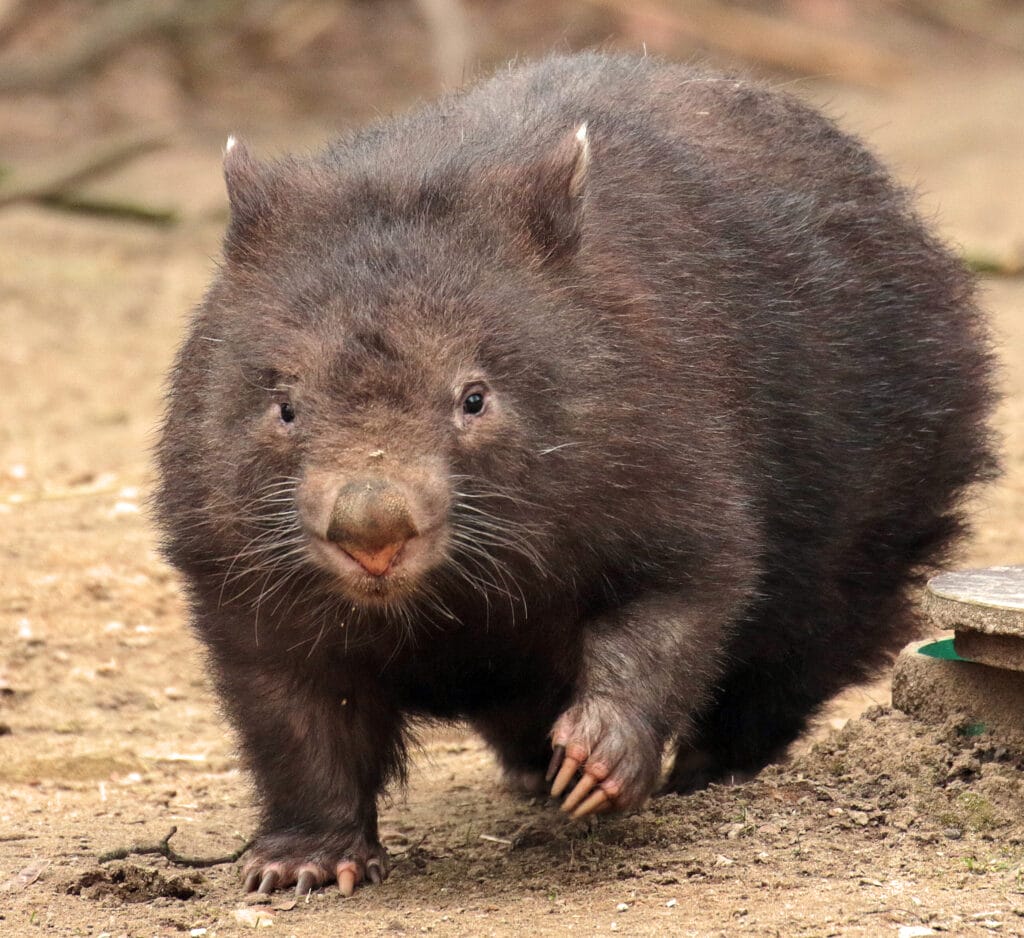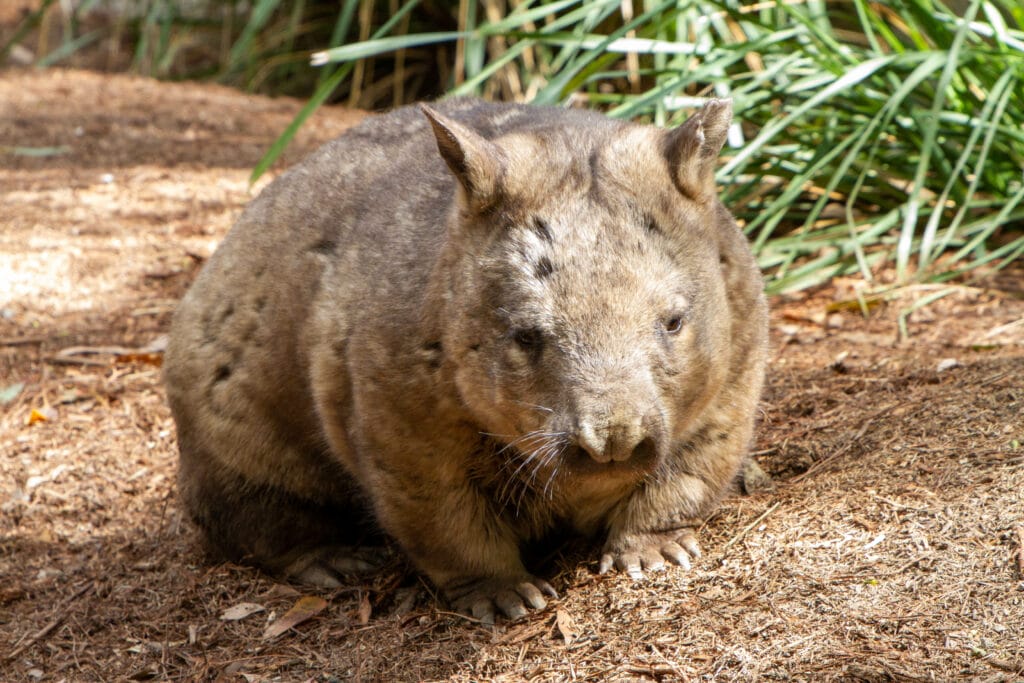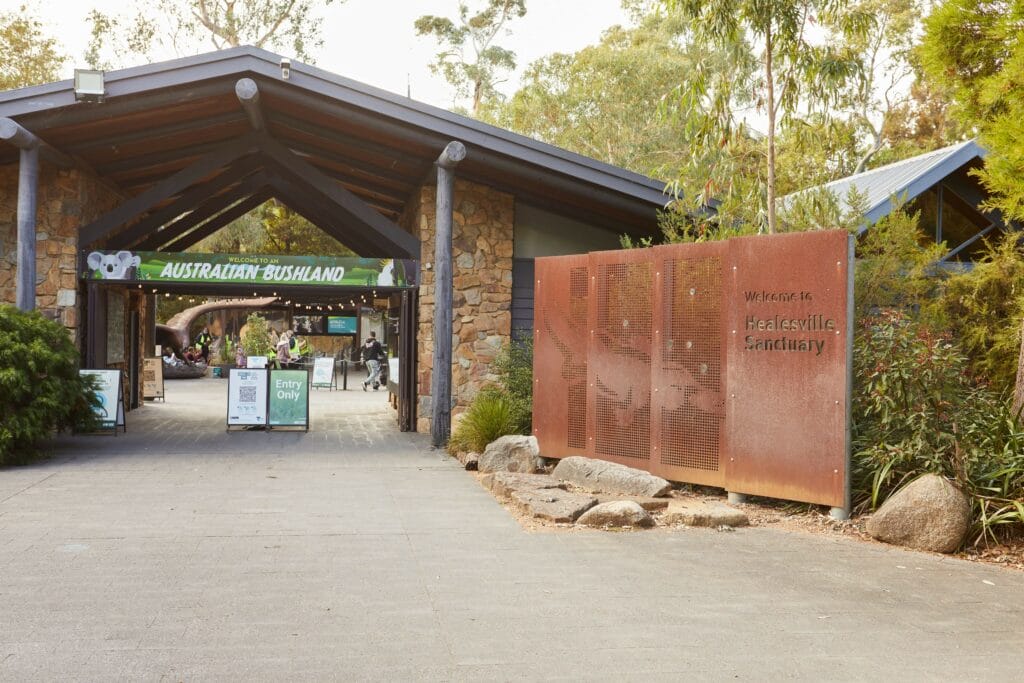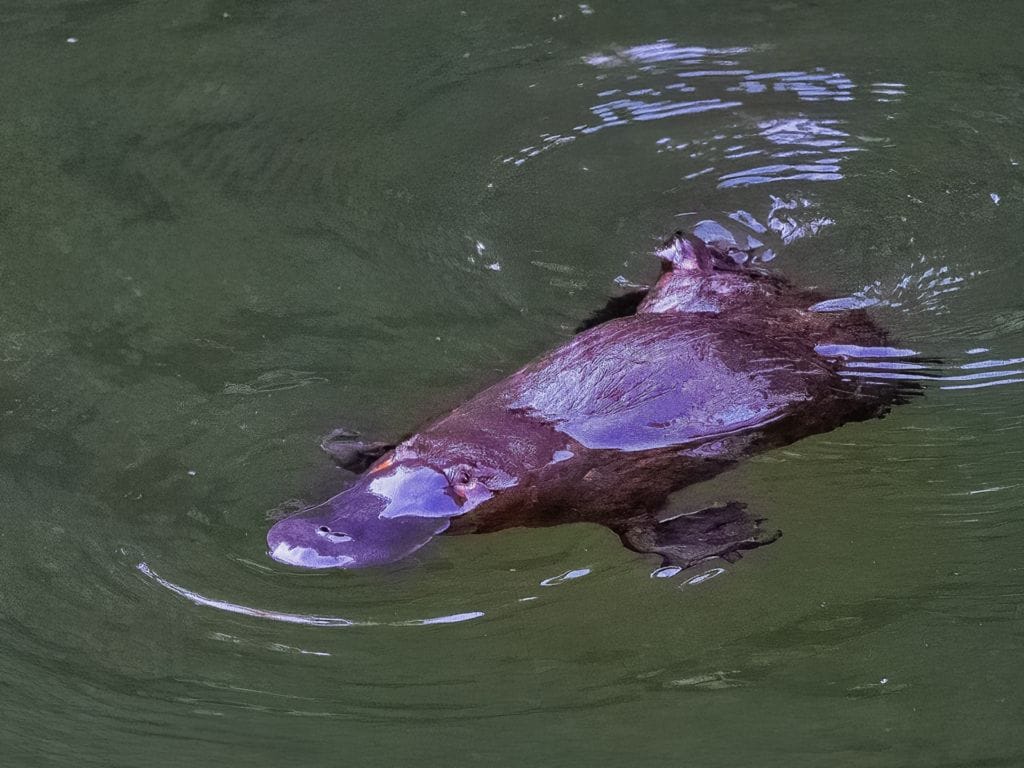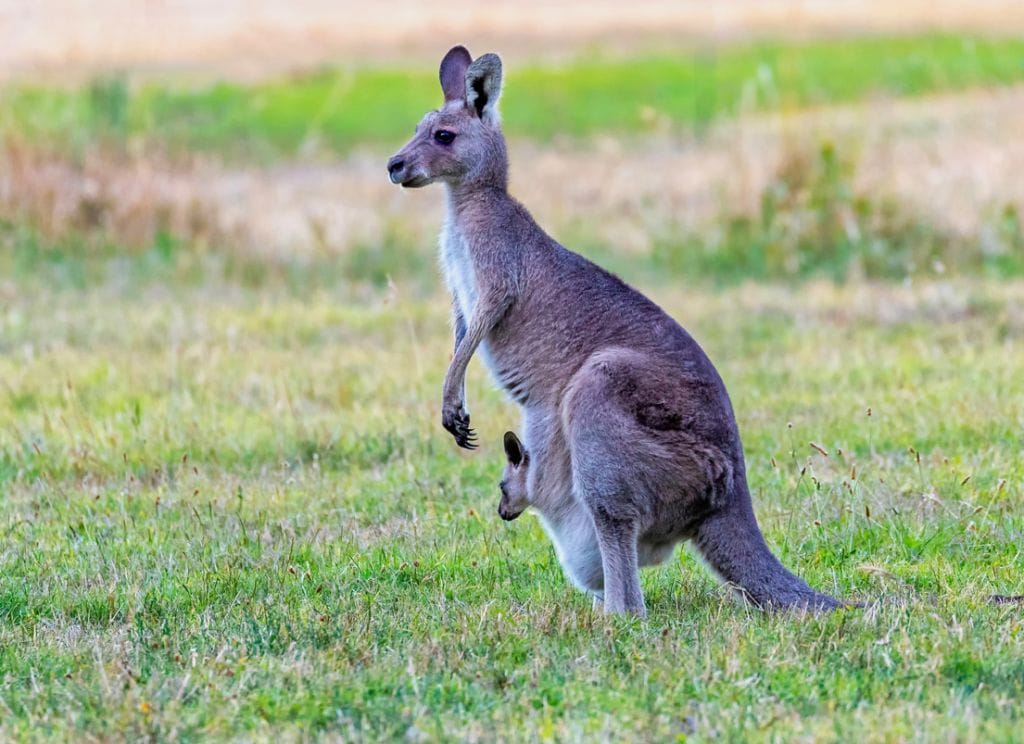
Embark on an unforgettable adventure to discover the charming and elusive wombats in and around Melbourne. From the breathtaking landscapes of Wilsons Promontory National Park to the close-up encounters at Moonlit Wildlife Sanctuary, Melbourne and its surroundings offer a myriad of opportunities to witness these fascinating burrowing marsupials. Explore the captivating exhibits at Melbourne Zoo and Healesville Sanctuary, or venture out to the picturesque Tower Hill Reserve on the Great Ocean Road. Whether you’re a local or a visitor, Melbourne’s wombat encounters are sure to leave you in awe. So, grab your camera and get ready to be mesmerized by the enchanting world of wombats in Melbourne.
1. Wilsons Promontory National Park
Wilsons Promontory National Park, affectionately known as “The Prom,” is the southernmost tip of mainland Australia and offers visitors a chance to explore remote coastal bushland trails and pristine beaches. The park is home to a diverse range of wildlife, including wombats, kangaroos, and emus, making it a top destination for nature enthusiasts.
The park offers various walking trails, such as the Prom Wildlife Walk and Cotters Lake Walk, where you can spot wombats and other native animals in their natural habitat. Don’t forget to visit the Tidal River Campground, where wombats are known to roam at dusk.
- Address: Wilsons Promontory VIC 3960, Australia
- Fare: Free entry to the park.
- Google Map Link: https://maps.app.goo.gl/f8HD1HtcYdAcHpZa7
2. Moonlit Wildlife Sanctuary
Moonlit Wildlife Sanctuary is an award-winning wildlife park located just 50 minutes southeast of Melbourne’s CBD. The sanctuary offers close-up views of both common wombats and hairy-nosed wombats, as well as over 70 other captivating Australian species.
Visitors can hand-feed kangaroos and wallabies, cuddle adorable koalas, and participate in interactive encounters with colorful birds, mesmerizing reptiles, and other fascinating creatures. The sanctuary is open daily, making it an easy day trip from Melbourne or a perfect detour if you’re visiting Phillip Island or the Mornington Peninsula.
- Address: 550 Tyabb-Tooradin Rd, Pearcedale VIC 3912, Australia
- Fare: Adult – AUD 22, Child (4-15 years) – AUD 11.50.
- Google Map Link: https://maps.app.goo.gl/uyjQHPkmhahwCoFy6
3. Melbourne Zoo
Melbourne Zoo offers a unique opportunity to see wombats up close, with fascinating displays that give you a burrow-eye view of these amazing creatures. The zoo is home to a variety of other native Australian animals, making it a great destination for families and wildlife enthusiasts alike.
Located in Parkville, the zoo is easily accessible from Melbourne’s city center and offers a fun and educational experience for visitors of all ages.
- Address: Elliott Ave, Parkville VIC 3052, Australia
- Fare: Adult – AUD 38, Child (4-15 years) – Free on weekends, Victorian public holidays, and Victorian school holidays; AUD 19 on weekdays.
- Google Map Link: https://maps.app.goo.gl/TbEwP6KhtxmZkeAw6
4. Prom Wildlife Walk
The Prom Wildlife Walk, located within Wilsons Promontory National Park, offers visitors a chance to spot wombats, kangaroos, wallabies, and emus in their natural habitat. The walk takes you through diverse landscapes, including coastal heathland, eucalypt forest, and wetlands, providing ample opportunities for wildlife spotting and photography.
The Prom Wildlife Walk is a must-do activity for nature lovers visiting Wilsons Promontory National Park.
- Address: Wilsons Promontory VIC 3960, Australia (within Wilsons Promontory National Park)
- Fare: Free entry to the park.
- Google Map Link: https://maps.app.goo.gl/pe5uEescvF9os2jW6
5. Tidal River Campground
Tidal River Campground, situated within Wilsons Promontory National Park, is a popular destination for campers and wildlife enthusiasts alike. The campground is located near the beautiful Tidal River, offering visitors a chance to explore the surrounding beaches, bushland, and walking trails.
Wombats are known to roam the area at dusk, making it an ideal spot for those hoping to catch a glimpse of these fascinating creatures. With various camping options available, Tidal River Campground is a perfect base for exploring the wonders of Wilsons Promontory National Park.
- Address: Tidal River VIC 3960, Australia (within Wilsons Promontory National Park)
- Fare: Camping fees apply, starting from AUD 50.70 per night for a standard site.
- Google Map Link: https://maps.app.goo.gl/WBKppLiqe87Rk1Xg7
6. Healesville Sanctuary
Healesville Sanctuary, nestled in the heart of the Yarra Valley, is renowned as the best place to see Australian wildlife in their natural habitat. The sanctuary specializes in native Australian animals and offers visitors a chance to learn more about these fascinating creatures through interactive displays and encounters.
With a strong focus on conservation, Healesville Sanctuary plays a critical role in saving some of the world’s most endangered animals. Just an hour’s drive from Melbourne’s CBD, the sanctuary is a perfect day trip for families and nature lovers alike.
- Address: Badger Creek Rd, Healesville VIC 3777, Australia
- 2. Fare: Adult – AUD 38, Child (4-15 years) – Free on weekends, Victorian public holidays, and Victorian school holidays; AUD 19 on weekdays.
- Google Map Link: https://maps.app.goo.gl/A2h8Qh4RnbYkMai36
7. Tower Hill Reserve
Located on the Great Ocean Road, Tower Hill Reserve is a must-visit destination for wildlife enthusiasts. The reserve is situated within an inactive volcanic crater and is home to a variety of native Australian animals, including wombats, kangaroos, and emus. With several walking trails available, visitors can explore the breathtaking landscape and observe the animals in their natural habitat.
Tower Hill Reserve is a short detour from the Great Ocean Road and offers a unique opportunity to experience the beauty of Victoria’s natural environment.
- Address: Tower Hill Rd, Tower Hill VIC 3283, Australia
- Fare: Free entry to the reserve.
- Google Map Link: https://maps.app.goo.gl/w4Q1XowcrbKvaQ9y5
8. Anglesea Golf Course
Although primarily known for kangaroo spotting, Anglesea Golf Course on Victoria’s Surf Coast also offers the chance to encounter wombats in the area. The golf course is set within a beautiful natural environment, providing a unique and enjoyable experience for golfers and wildlife enthusiasts alike.
If you’re visiting the Great Ocean Road, consider stopping by Anglesea Golf Course for a round of golf and the opportunity to spot native Australian wildlife.
- Address: 1 Golf Links Rd, Anglesea VIC 3230, Australia
- Fare: Golf course fees apply for playing golf, but wildlife viewing is generally free
- Google Map Link: https://maps.app.goo.gl/L8wPBWoyMeqBt2r99
9. Cotters Lake Walk
Cotters Lake Walk, another walking trail within Wilsons Promontory National Park, offers visitors a chance to see wombats and other native wildlife in their natural environment. The walk takes you through beautiful coastal bushland and offers stunning views of Cotters Lake and the surrounding landscape.
Cotters Lake Walk is an ideal activity for those seeking a peaceful and immersive wildlife experience within Wilsons Promontory National Park.
- Address: Wilsons Promontory VIC 3960, Australia (within Wilsons Promontory National Park)
- Fare: Free entry to the park
- Google Map Link: https://maps.app.goo.gl/XxbLEEGocgzkTqZs7
Best Places to See Wombats in Melbourne at a Glance
Our list of best places to see wombats in and around Melbourne goes like this:
- The best place to see wombats in the wild: Wilsons Promontory National Park
- The best place for close-up wombat encounters: Moonlit Wildlife Sanctuary
- The best place to see wombats in a city setting: Melbourne Zoo
- The best place for wombat conservation and education: Healesville Sanctuary
- The best place to see wombats on the Great Ocean Road: Tower Hill Reserve
- The best place to see wombats while camping: Tidal River Campground
Discover these amazing locations and more in our comprehensive guide to the best places to see wombats in Melbourne.
Frequently Asked Questions
When is the best time to spot wombats in Melbourne and its surroundings?
The optimal time to observe wombats in Victoria is from April to July during autumn and winter. These are the peak times when they are active during the day and can be easily spotted basking in the sun.
Can I access these locations using public transport?
Many of the locations within Melbourne, such as Melbourne Zoo and Healesville Sanctuary, are easily accessible by public transport. For some destinations outside the city, like Wilsons Promontory National Park or Tower Hill Reserve, it may be more convenient to rent a car or join a guided tour.
Are there any guided tours available to see wombats?
Yes, some locations offer guided tours to increase your chances of spotting wombats. For example, at Tower Hill Wildlife Reserve, you have the option of doing a guided tour or taking a self-guided walk. Anglesea Golf Course also offers ‘Roo Tours’ to see their resident kangaroos, and you might spot wombats in the area as well.
Can I see wombats in their natural habitat?
Yes, several locations on our list provide opportunities to see wombats in their natural habitat, such as Wilsons Promontory National Park, Tower Hill Reserve, and Tidal River Campground. Keep in mind that wombats are nocturnal animals, so it’s easier to spot them at dawn and dusk when they come out of their burrows to forage.










